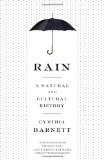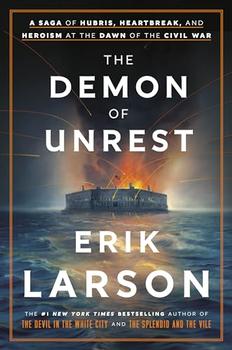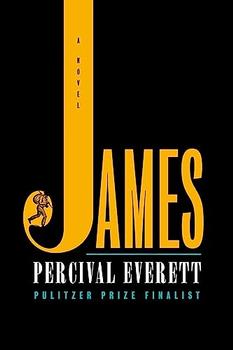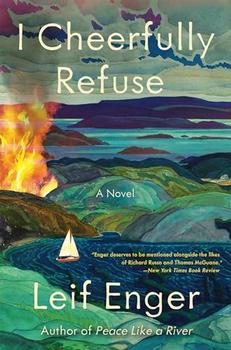Summary | Excerpt | Reviews | Beyond the Book | Readalikes | Genres & Themes | Author Bio

Critics' Opinion:
Readers' Opinion:
First Published:
Apr 2015, 368 pages
Paperback:
Apr 2016, 368 pages
 Book Reviewed by:
Book Reviewed by:
Poornima Apte
Buy This Book
Rain itself is seldom the deadly factor in a tempest; wind is often the most destructive force in storm disasters. But the North Sea Storm and Hurricane Katrina, like most every flood disaster in history, spun off an eternal human response: People viewed the flooding like an attack of nature, and vowed to fight back. Like every culture before or
since, they convinced themselves that humans could ultimately master the rain.
Ancient Rome had its rain god, Jupiter Pluvius. During drought-induced famine, Aztecs sacrificed some of their very young children to the rain god Tlaloc. In Europe during medieval times, when the extreme rains of the Little Ice Age led to crop failures, starvation, cannibalism, and other horrors, religious and secular courts stepped up hunts, trials, and executions of witches, accused of conjuring storms.
America's natives spun in rain dances with tiny bells attached to belts and walking sticks. Their jingling was soft compared with the cannon blasts of the late 1800s, when some settlers were convinced that firing cannonballs, setting enormous fires, or cutting tracts of forest would yield rain. These and other foolhardy schemes helped lure thousands of naïve homesteaders to try to farm some of the driest land in the new nation.
Quackery ultimately gave way to science and birthed the field of cloud-seeding, a chemical milking of clouds. Today, seeding projects continue in the American West and many other parts of the world. The largest efforts take place in China, where government scientists say they coax showers in arid regions by firing silver iodide rockets into the sky.
If cloud-seeding were a real solution, of course, China's Yangtze River would not be drying up, along with nearby lakes, reservoirs, crops, and livelihoods. Parts of the United States would not be in the grip of the most severe drought since the Dust Bowl—Colorado River drying, California's reservoirs dropping, lush croplands turned to dust.
Even as much of the nation suffers drought, other parts endure increasingly extreme rains, and ominous superstorms such as Hurricane Sandy, the largest Atlantic hurricane on record when it slammed into the Eastern Seaboard in October 2012. Yet we carry the presumption of Jupiter Pluvius, strong enough to erect colossal storm barriers to push unwanted floodwater away in times of too much, clever enough to design enormous reservoirs to store precious rainfall in times of too little.
It will turn out that humanity did, in fact, manage to alter the rain.
Just not in the ways we intended.
Wrapping our bodies in Gore-Tex and our cities in giant storm gutters, humans crave mastery over the rain. Yet even in the age of precipitation-measuring satellites, Doppler radar, and twenty-four-hour weather streamed to our smartphones, rain does not give up its mysteries. Hundreds of tiny frogs or fish sometimes fall in a rainstorm, as they have since the beginning of recorded history. Despite forecasting supercomputers that crunch more than a million weather-data observations from around the world each day, rain can still surprise the meteorologist and catch the otherwise elegant bride cursing on her wedding day.
We misunderstand the rain at the most basic level—what it looks like. We imagine that a raindrop falls in the same shape as a drop of water hanging from the faucet, with a pointed top and a fat, rounded bottom. That picture is upside down. In fact, raindrops fall from the clouds in the shape of tiny parachutes, their tops rounded because of air pressure from below.
Our largest and most complex human systems often have the rain wrong, too. In the wettest parts of the United States, we construct homes and businesses in floodplains, then lament our misfortune when the floods arrive. In the driest regions, we whisk scant rainfall away from cities desperate for freshwater. Amid the worst drought in California history, the enormous concrete storm gutters of Los Angeles still shunt an estimated 520,000 acre-feet of rainfall to the Pacific Ocean each year—enough to supply water to half a million families.
Excerpted from Rain by Cynthia Barnett. Copyright © 2015 by Cynthia Barnett. Excerpted by permission of Crown. All rights reserved. No part of this excerpt may be reproduced or reprinted without permission in writing from the publisher.




On the whole, human beings want to be good, but not too good and not quite all the time
Click Here to find out who said this, as well as discovering other famous literary quotes!
Your guide toexceptional books
BookBrowse seeks out and recommends the best in contemporary fiction and nonfiction—books that not only engage and entertain but also deepen our understanding of ourselves and the world around us.